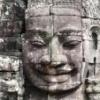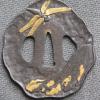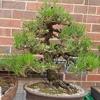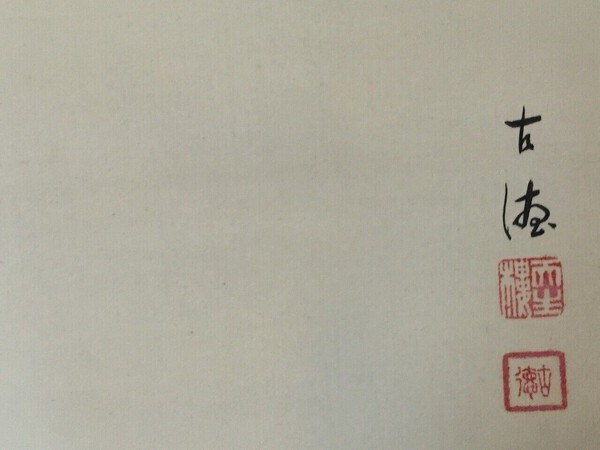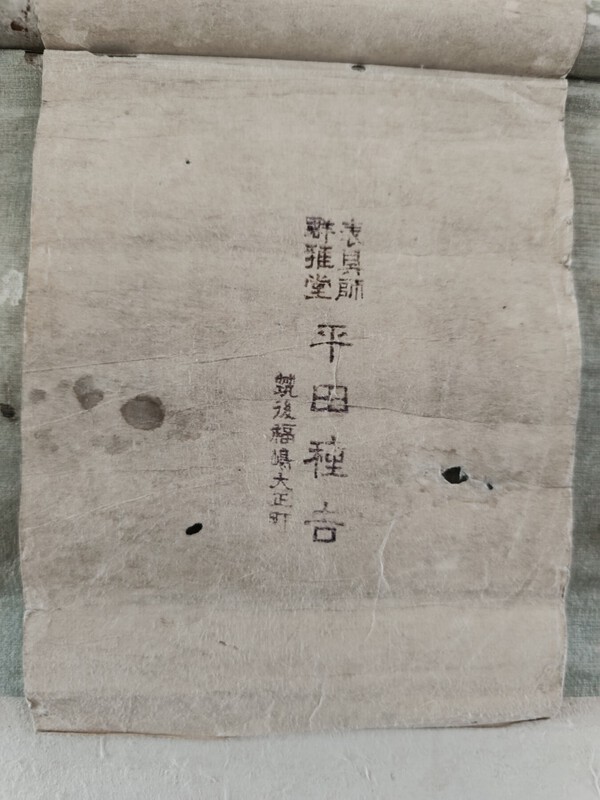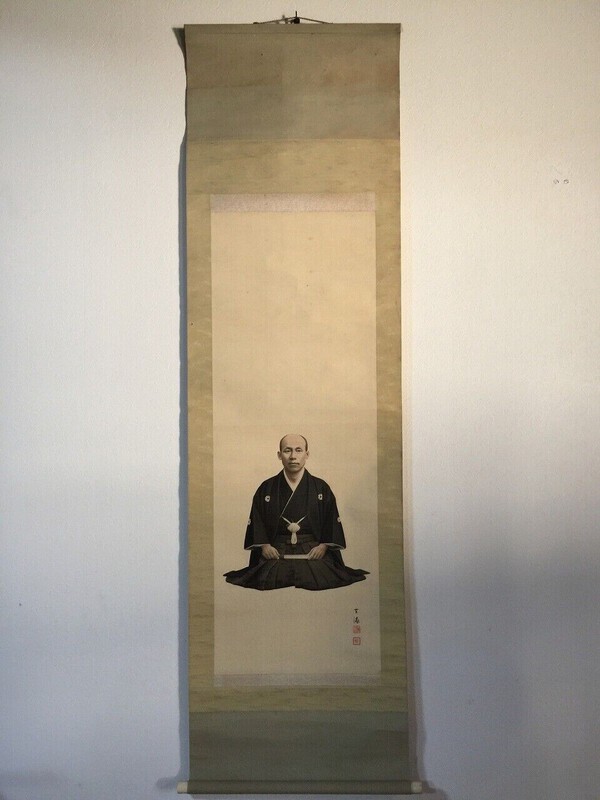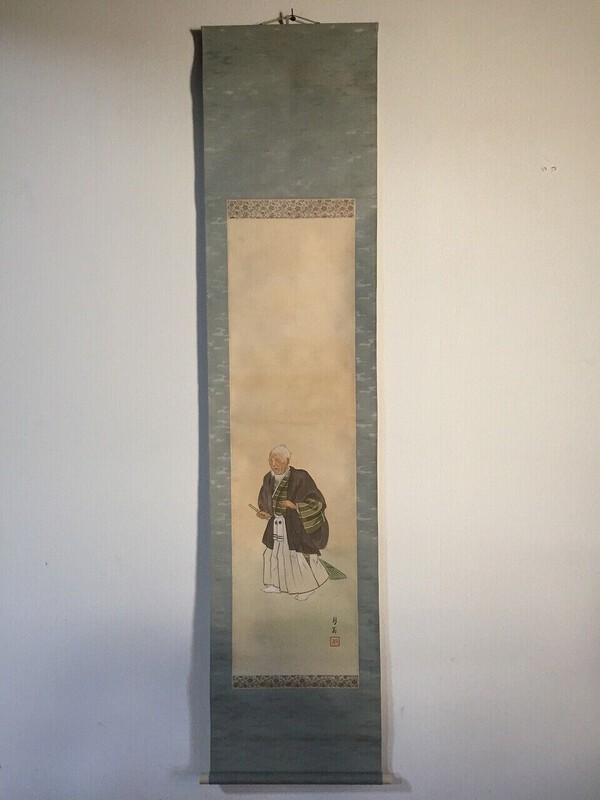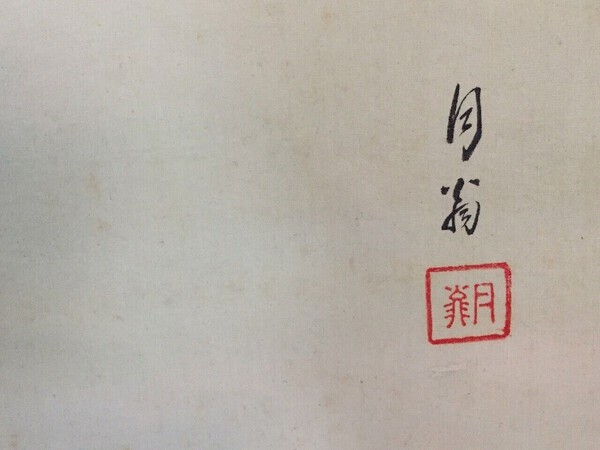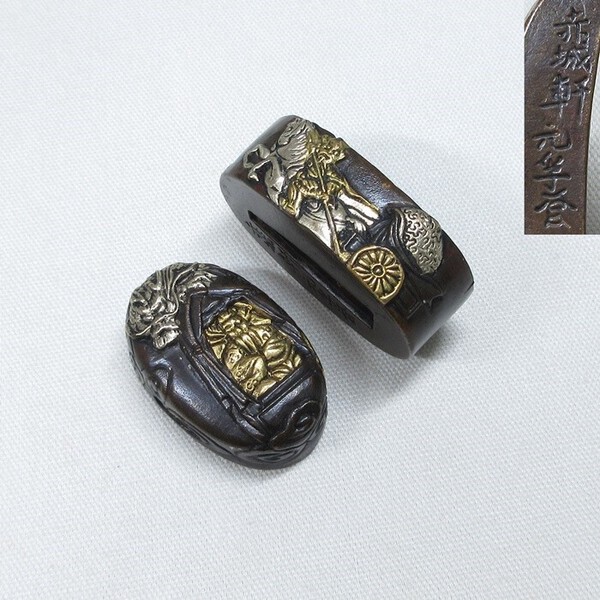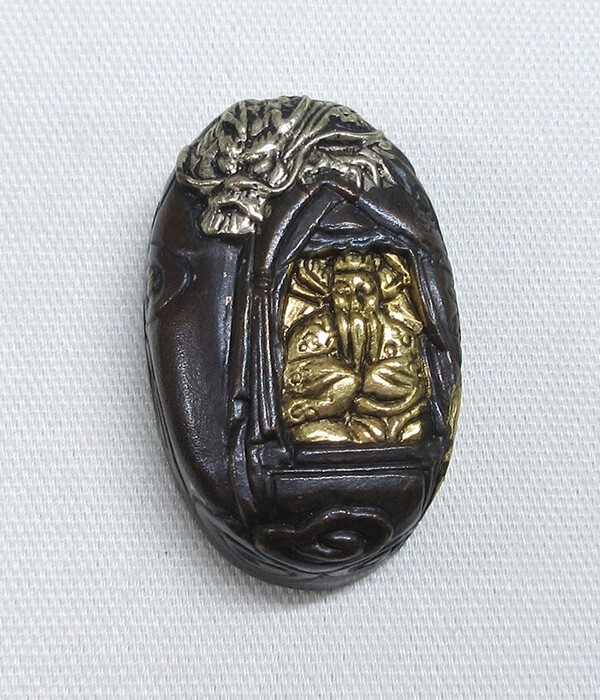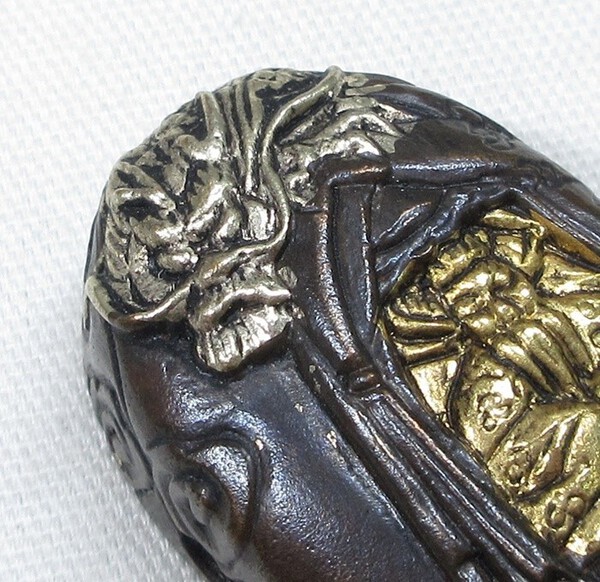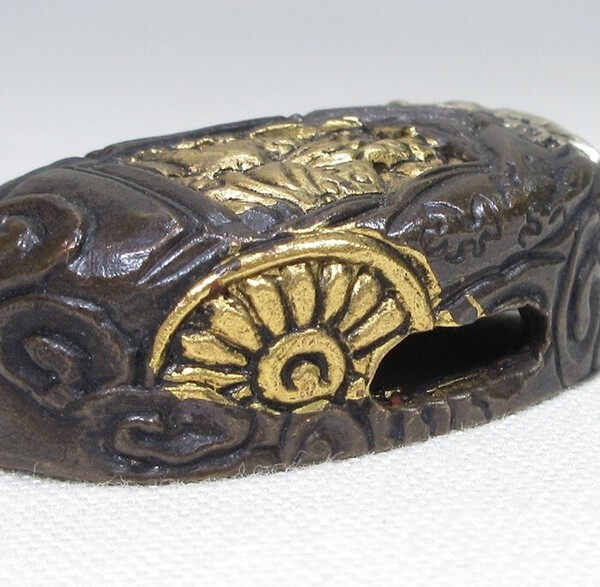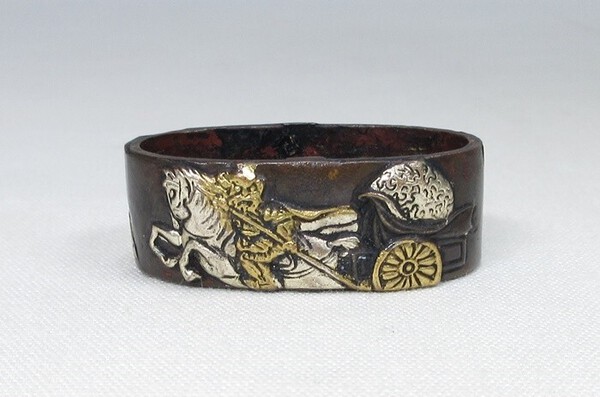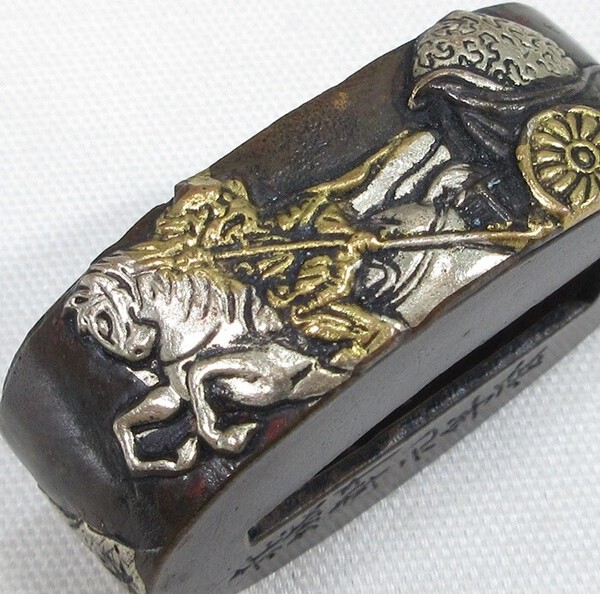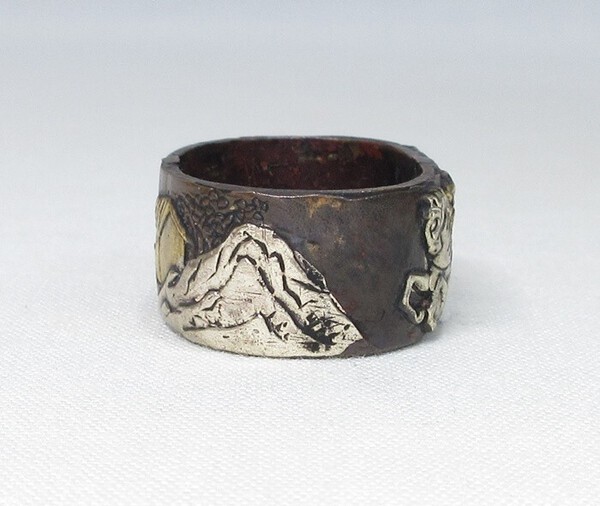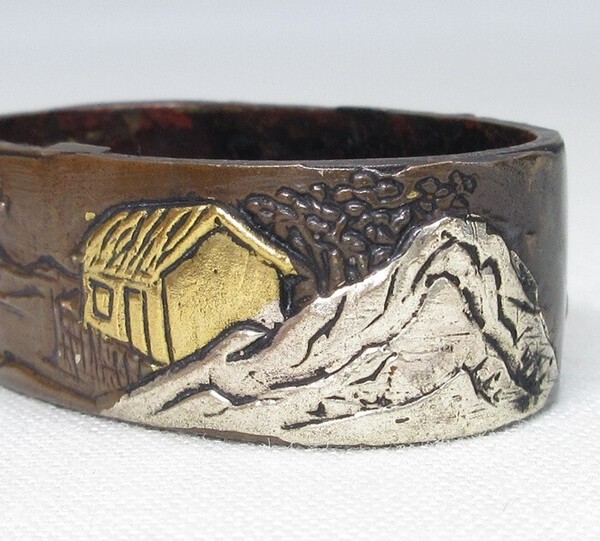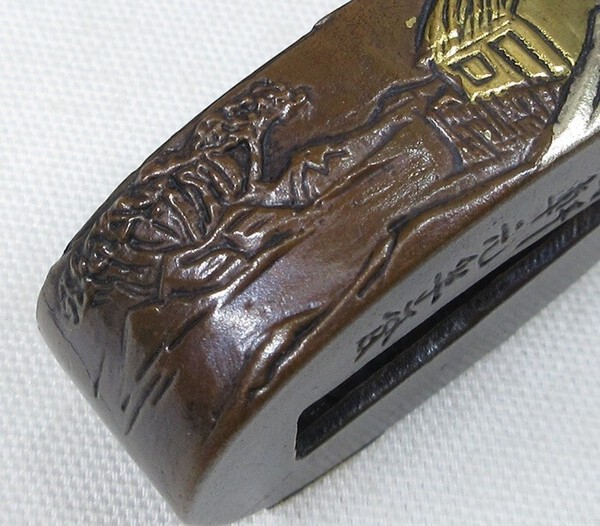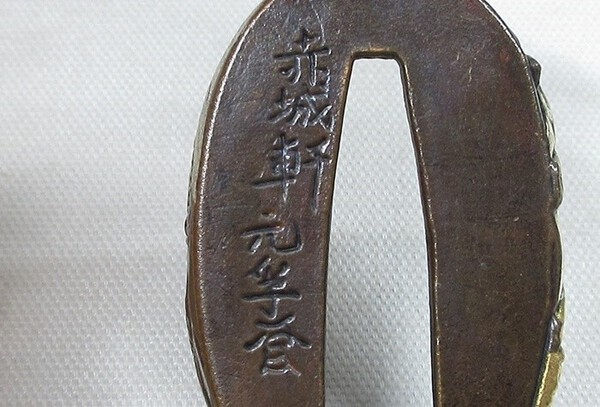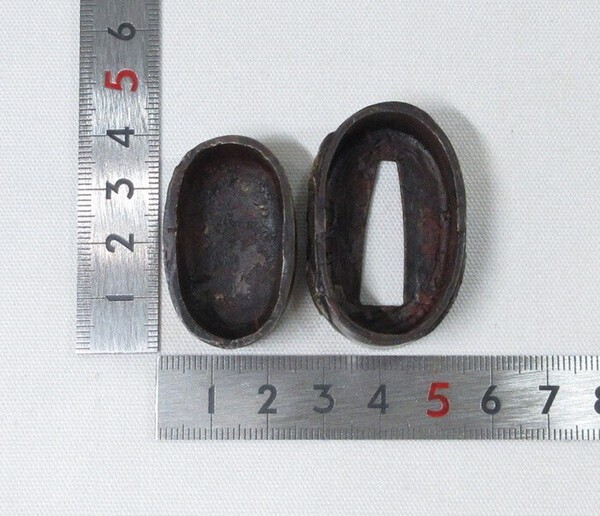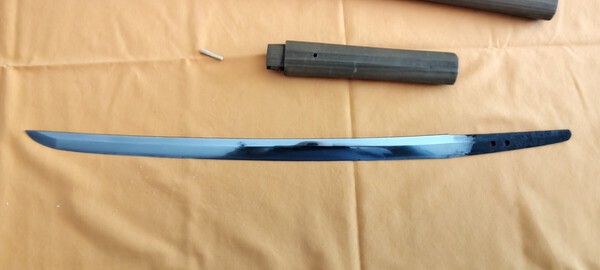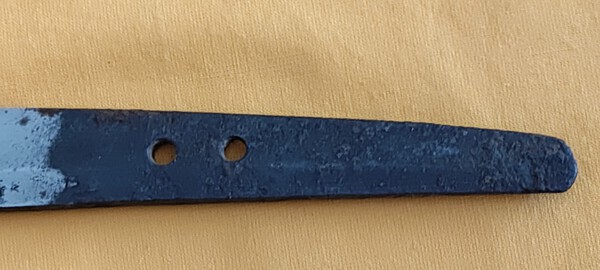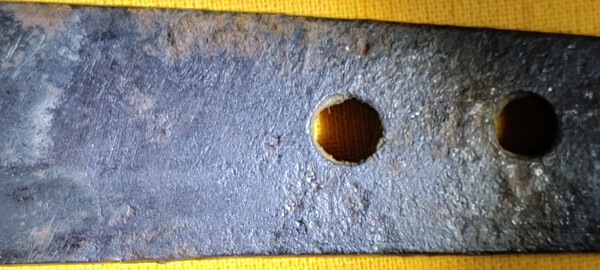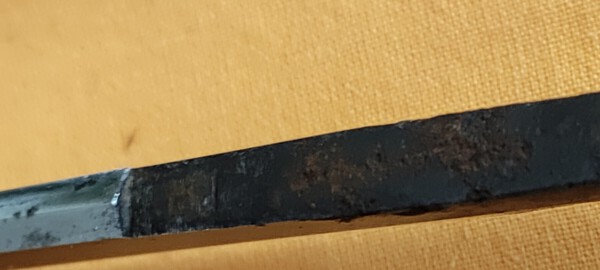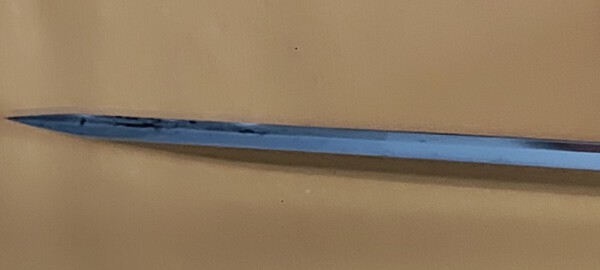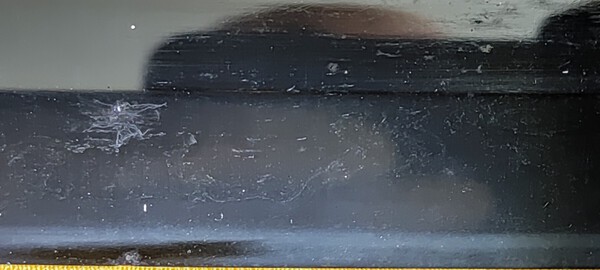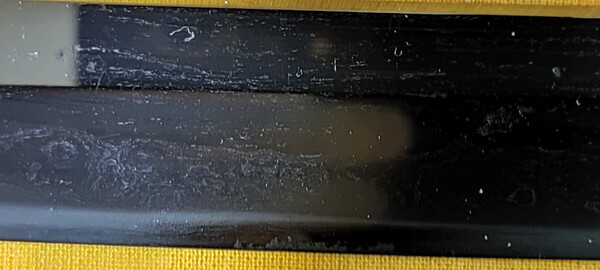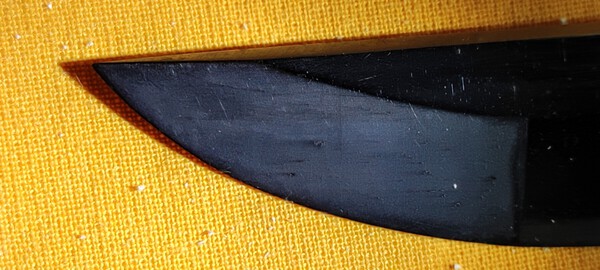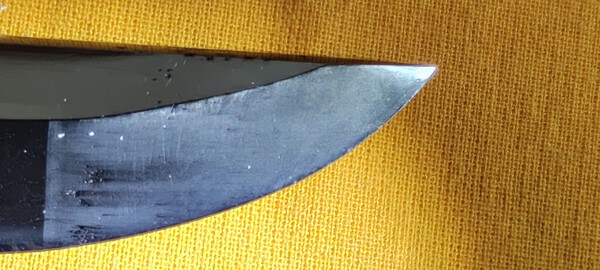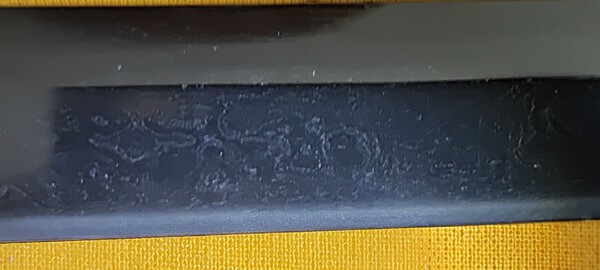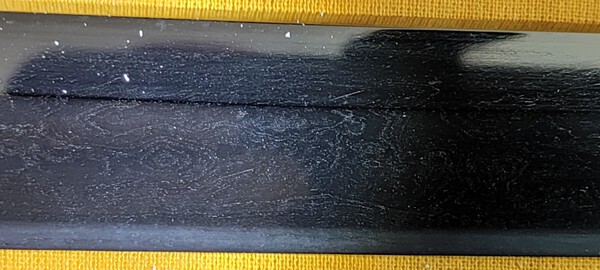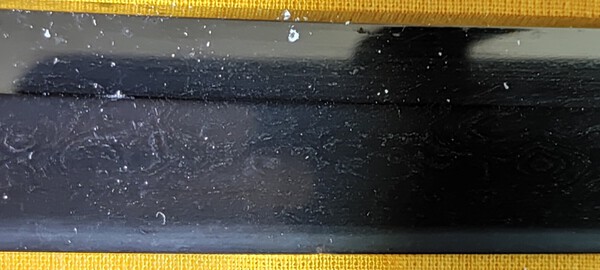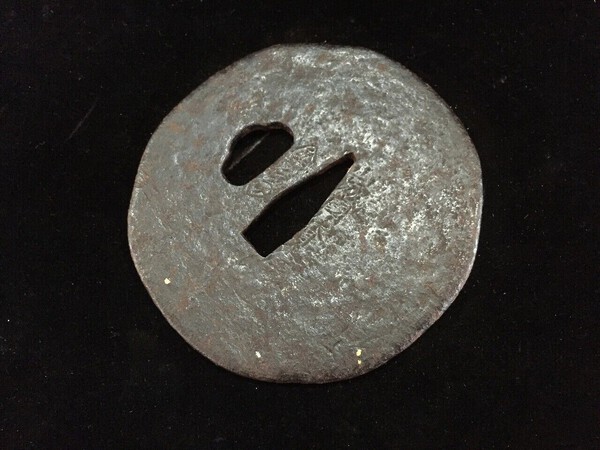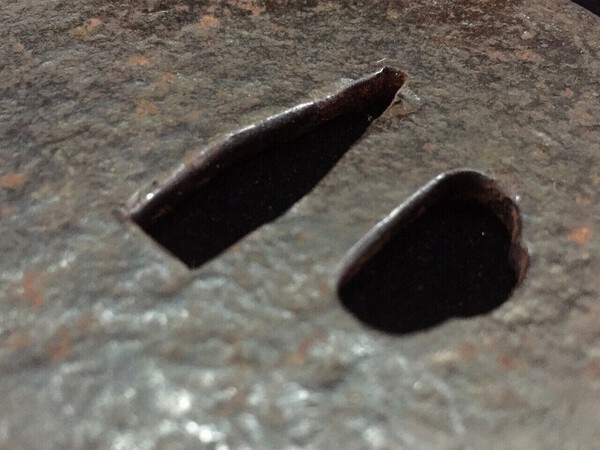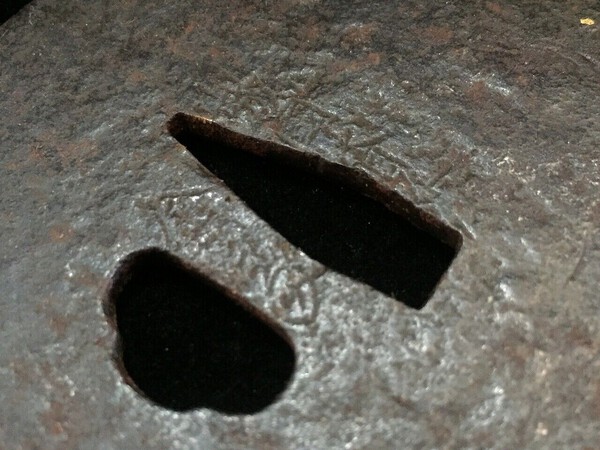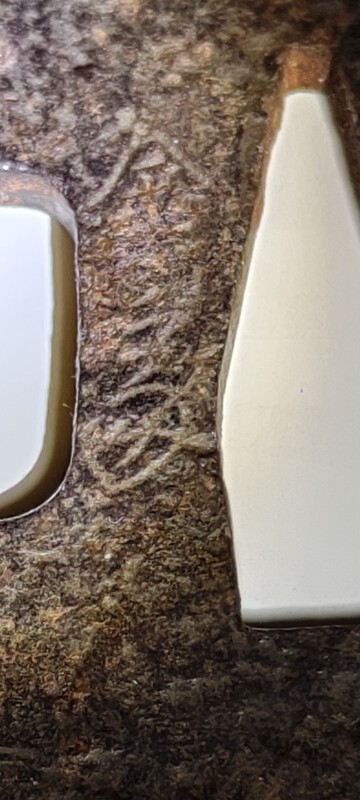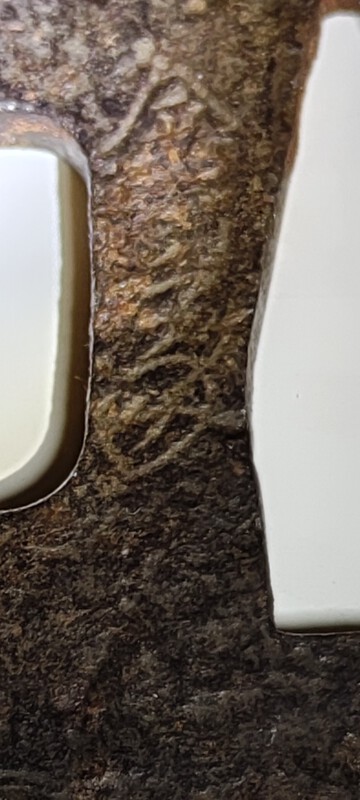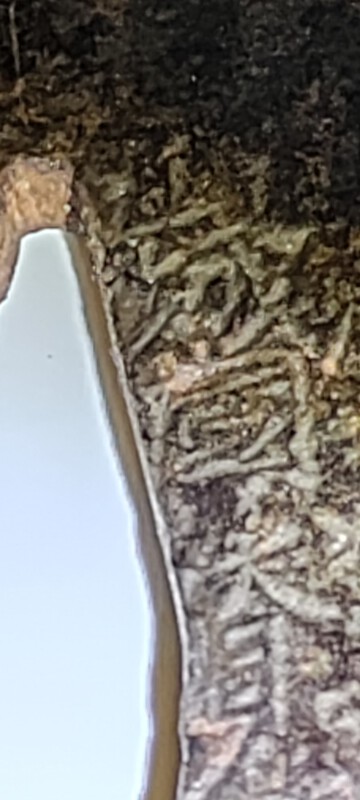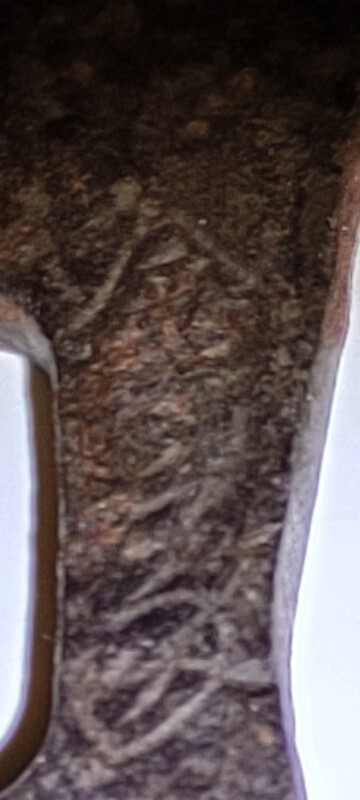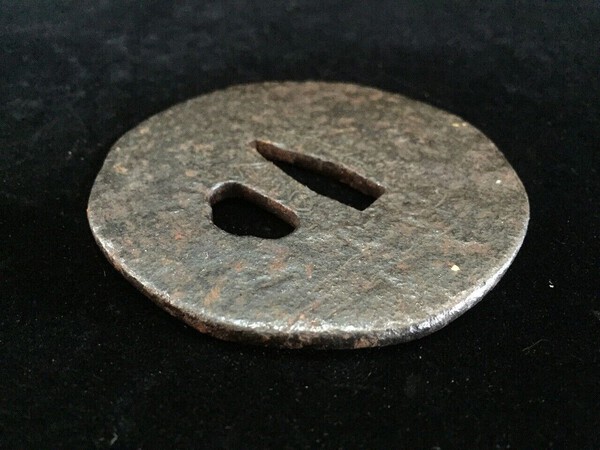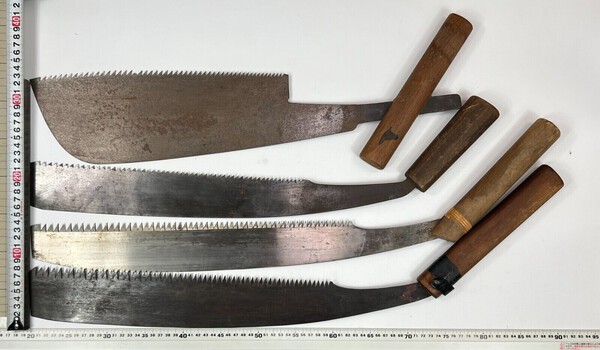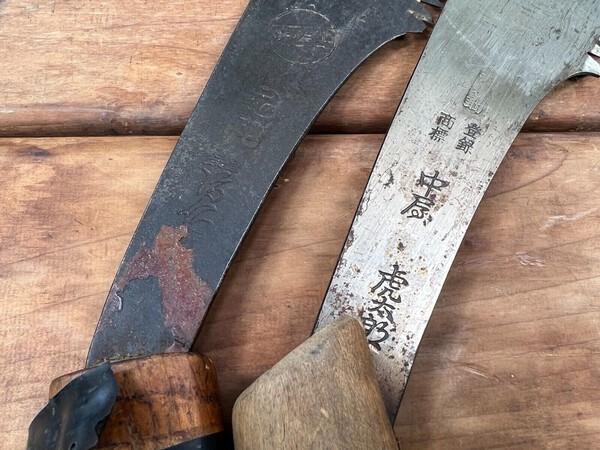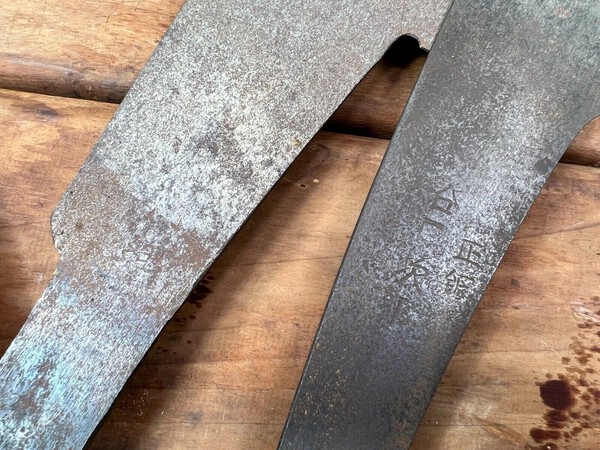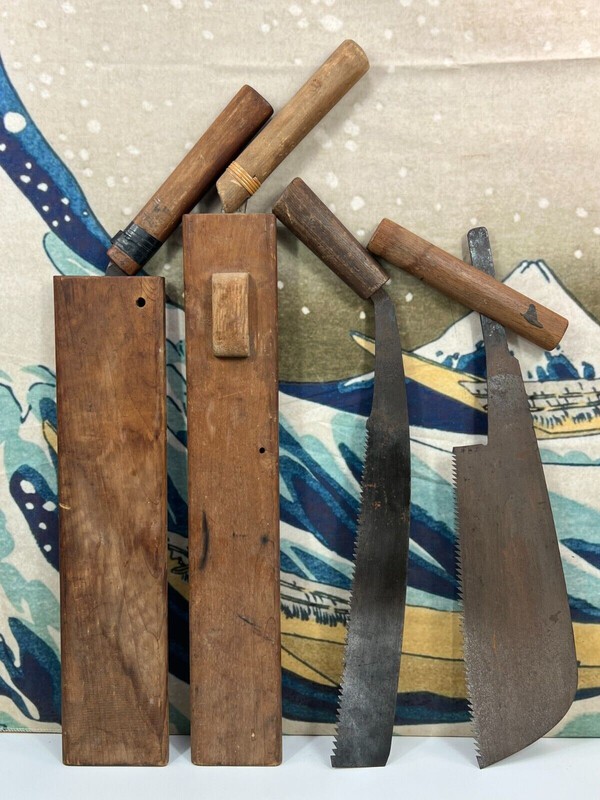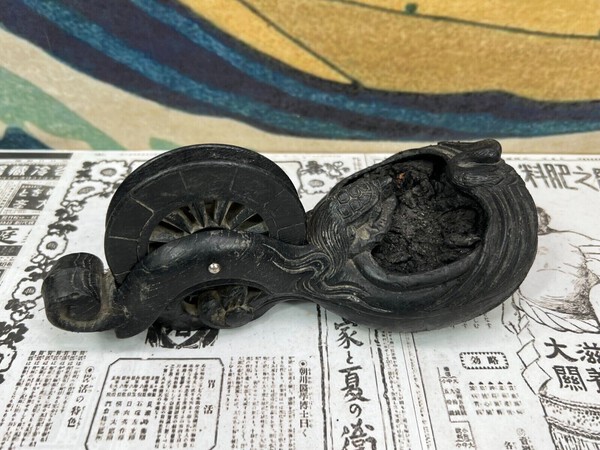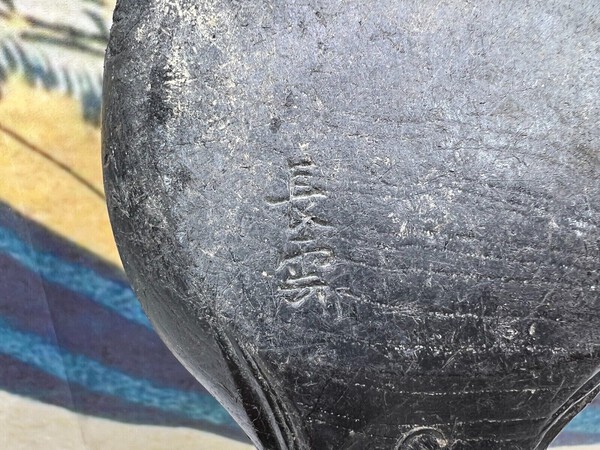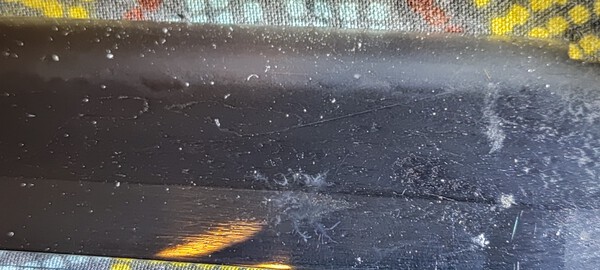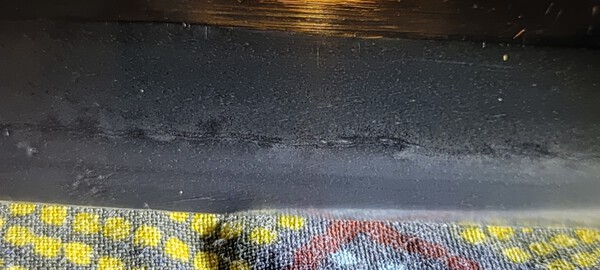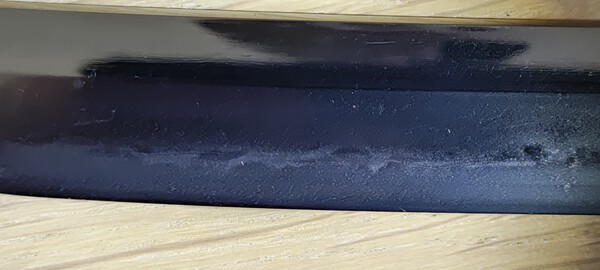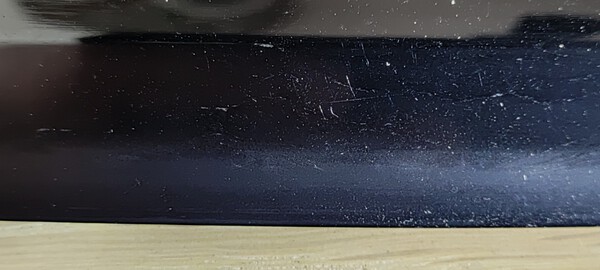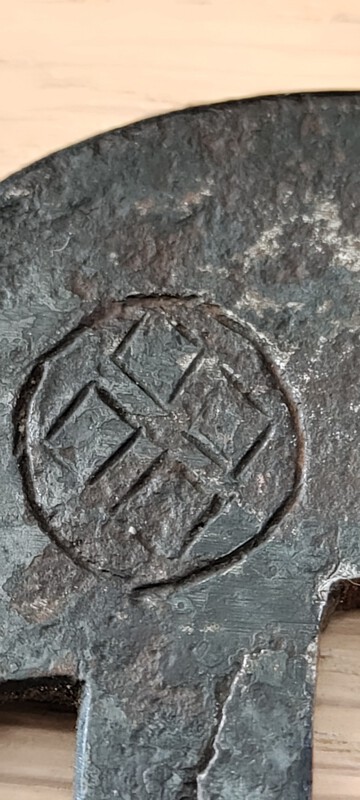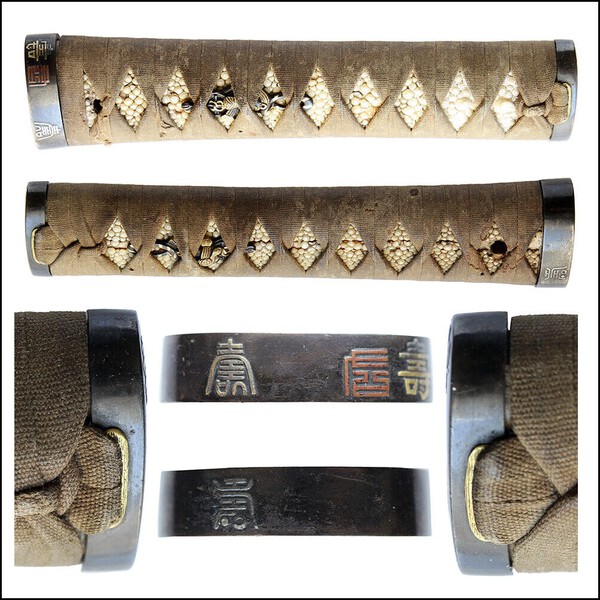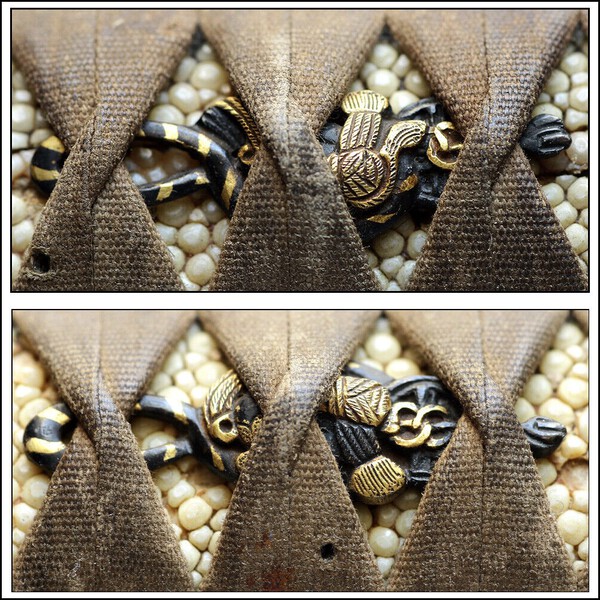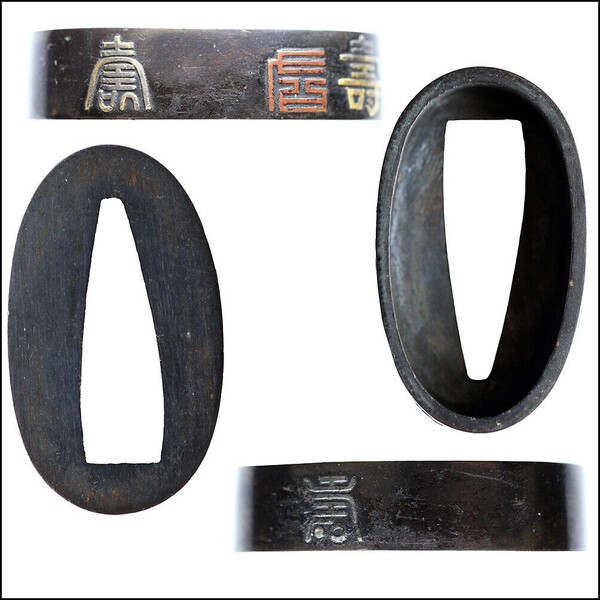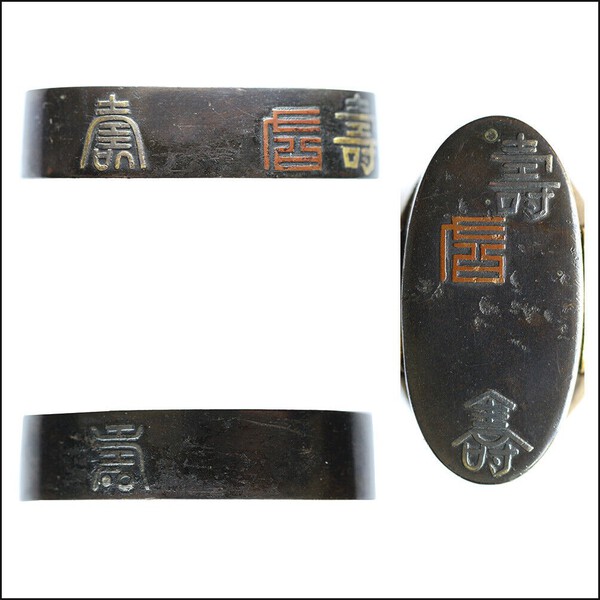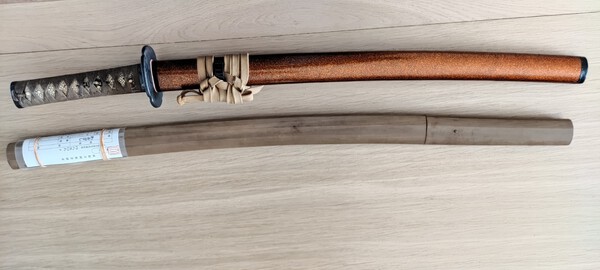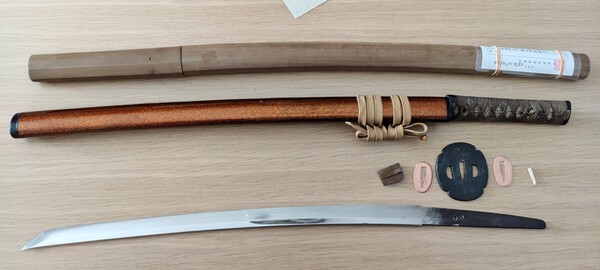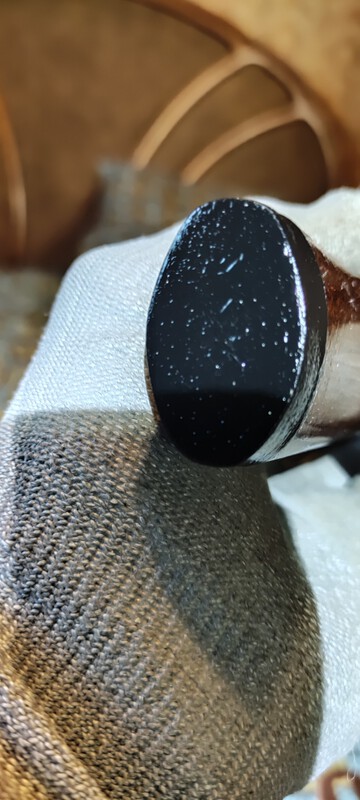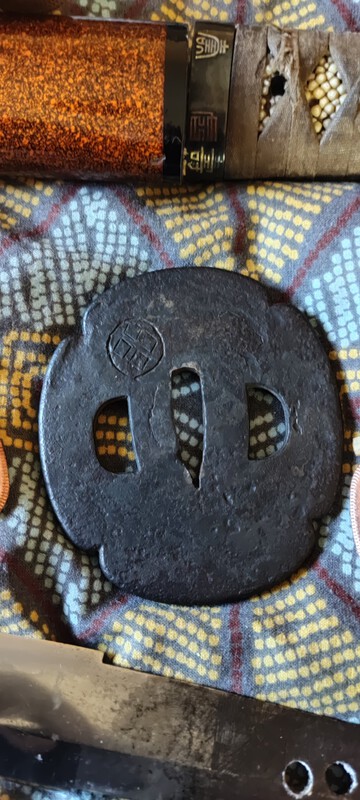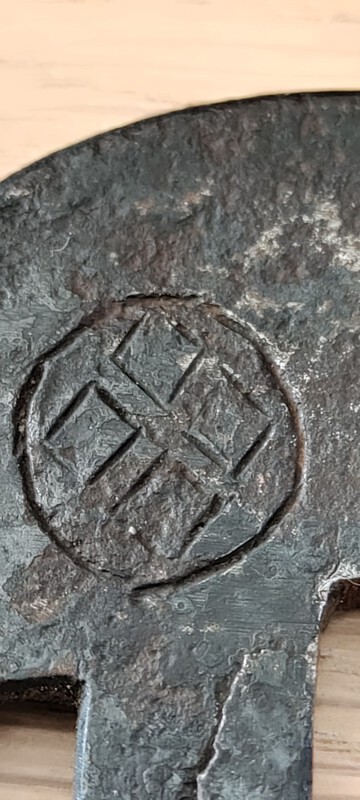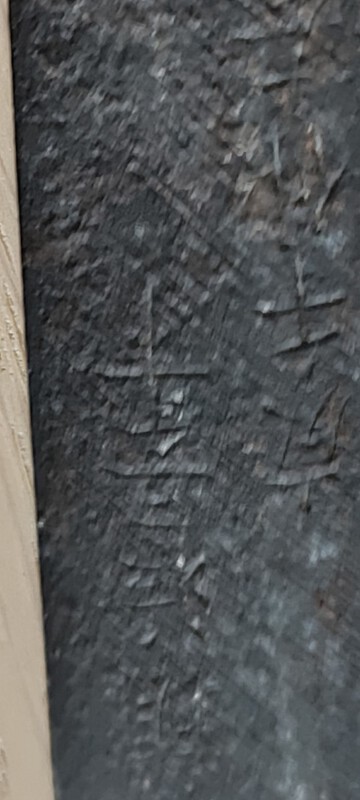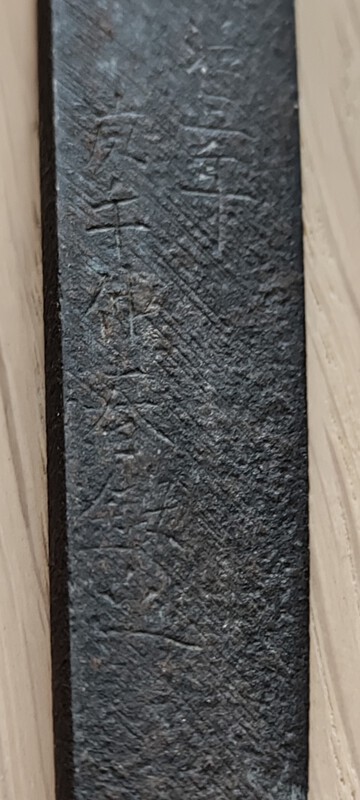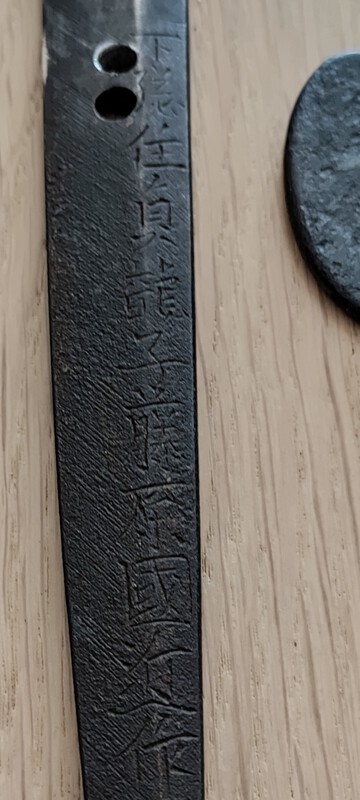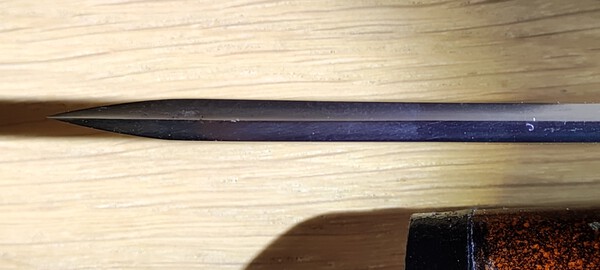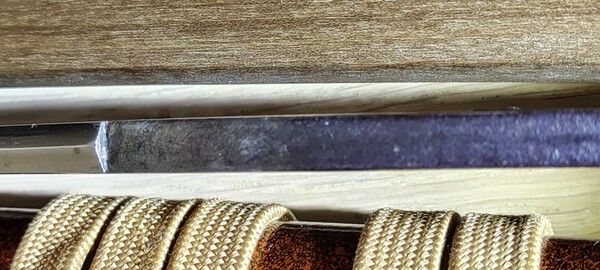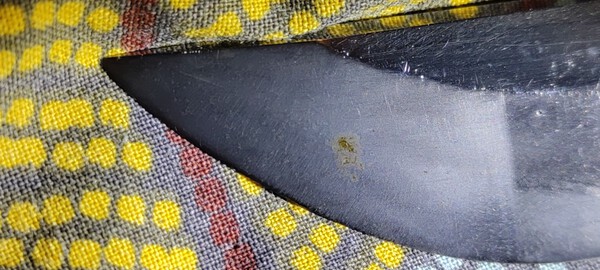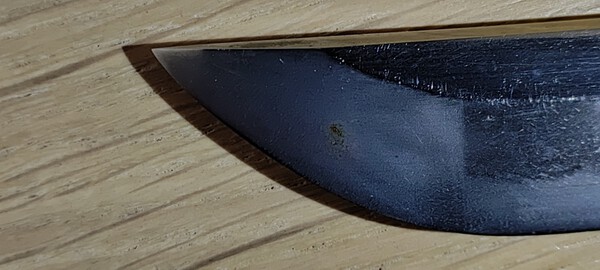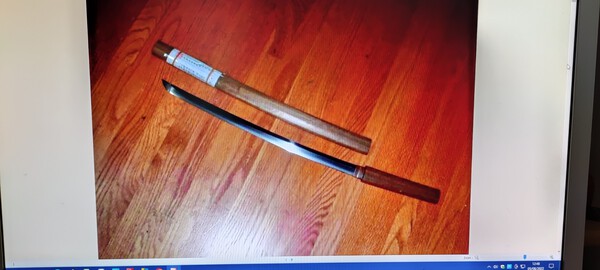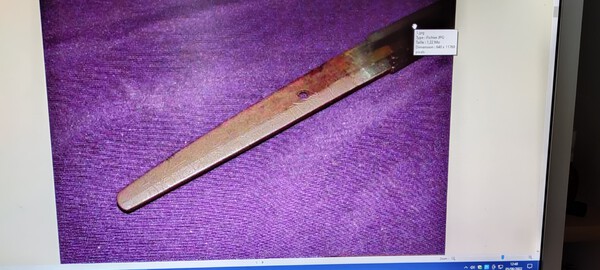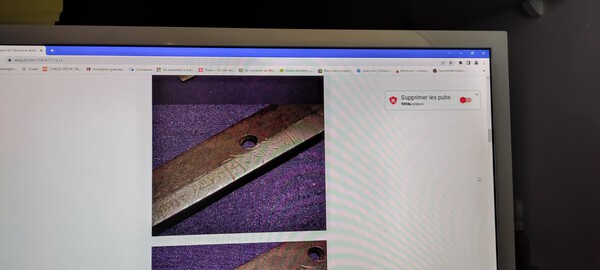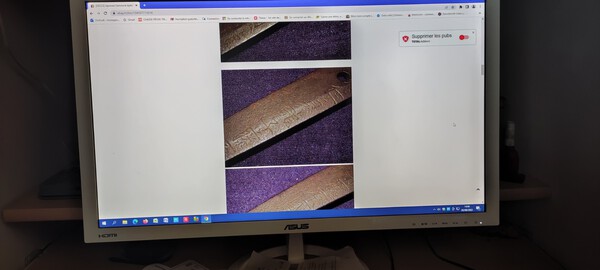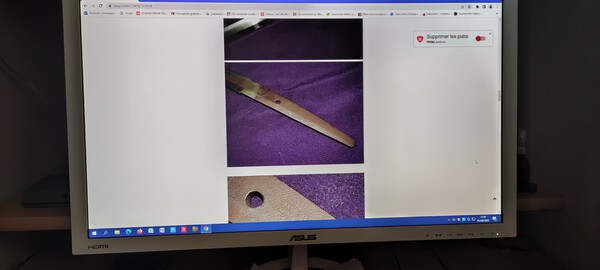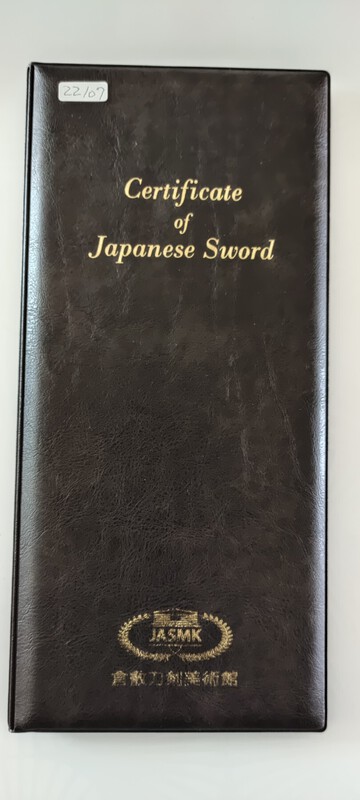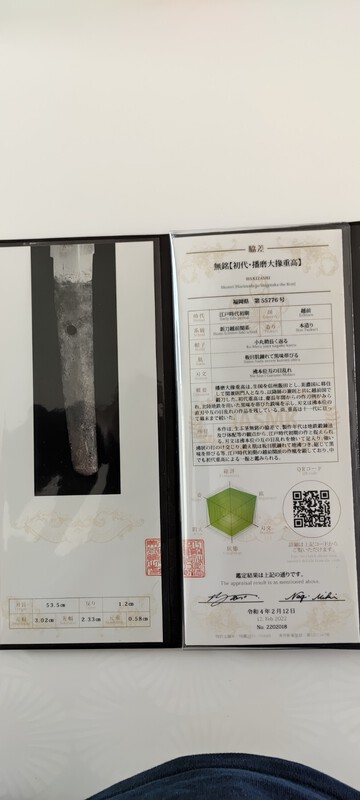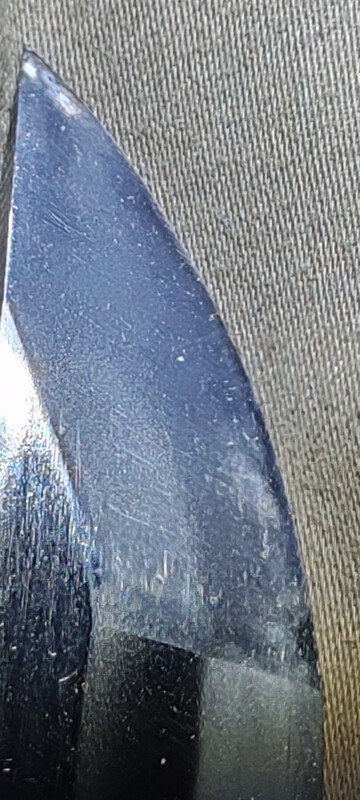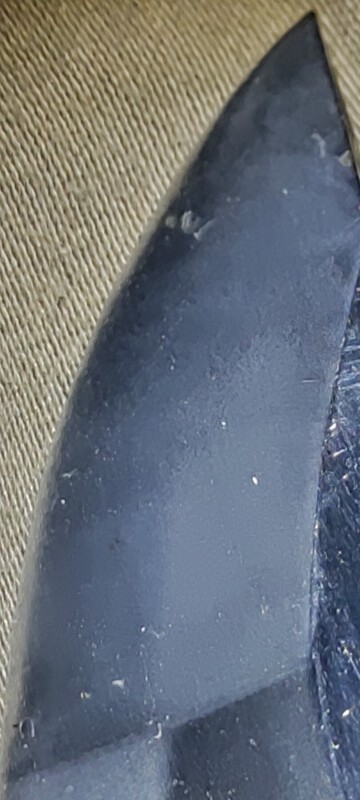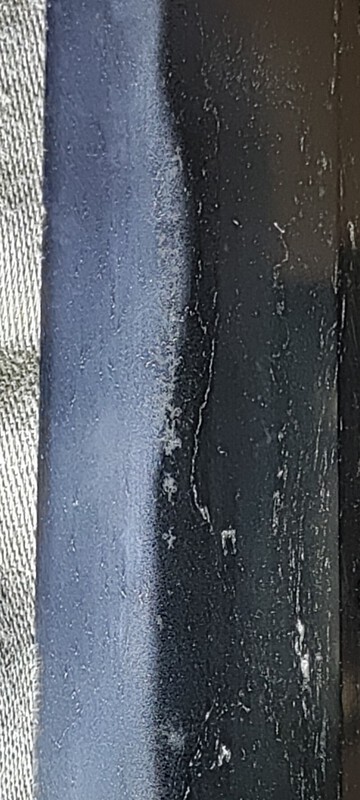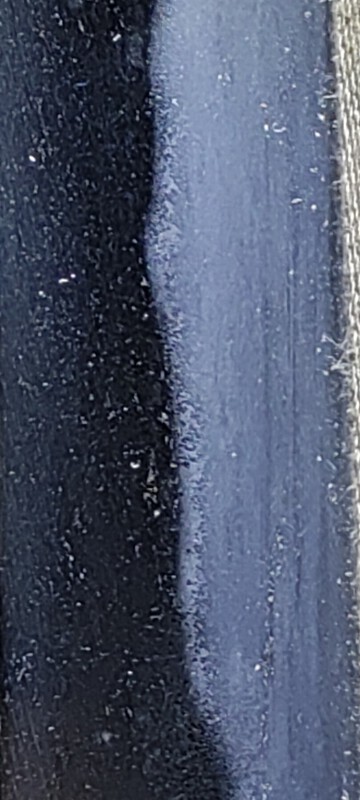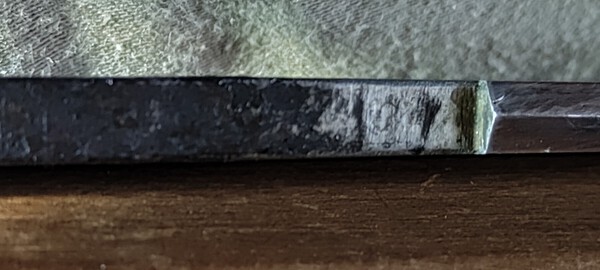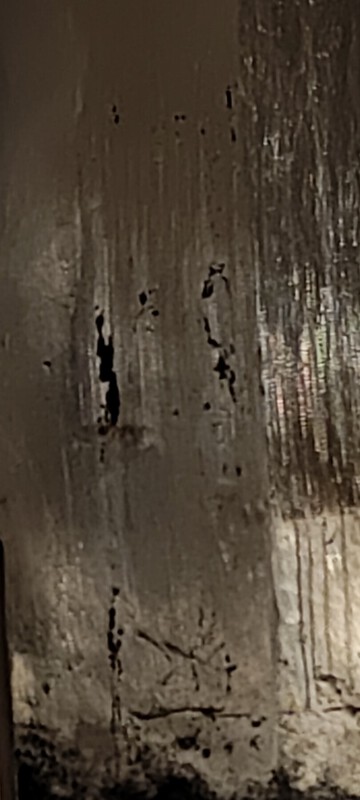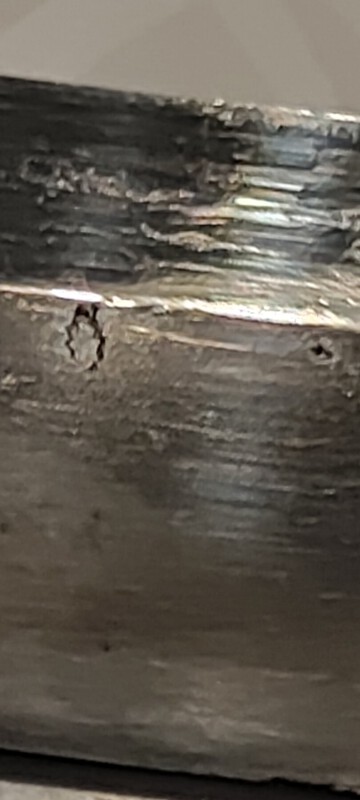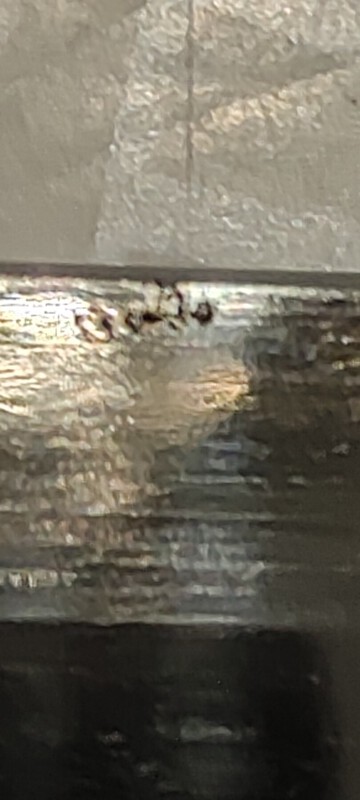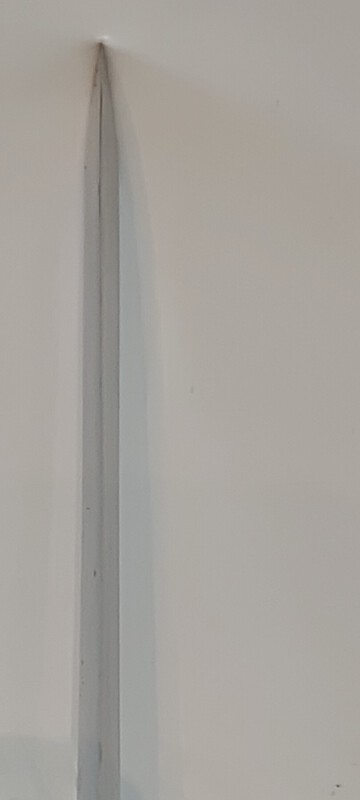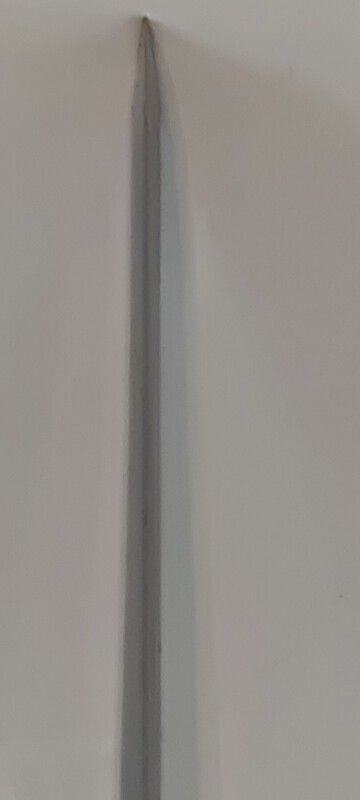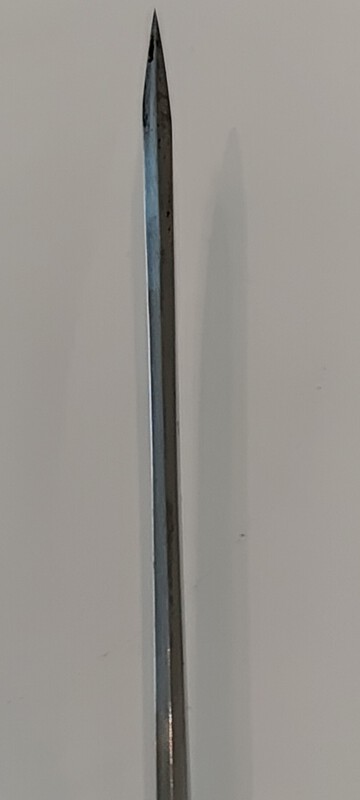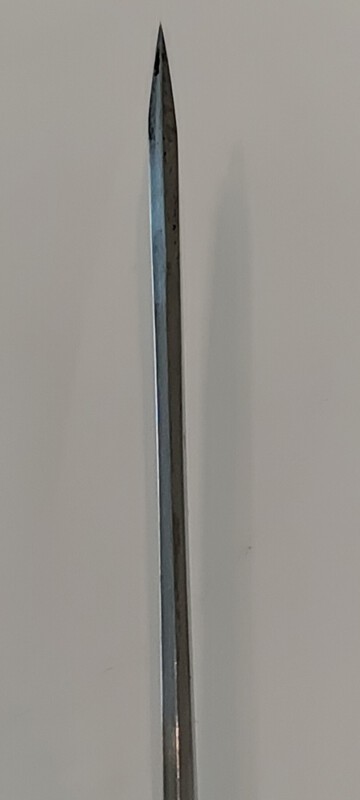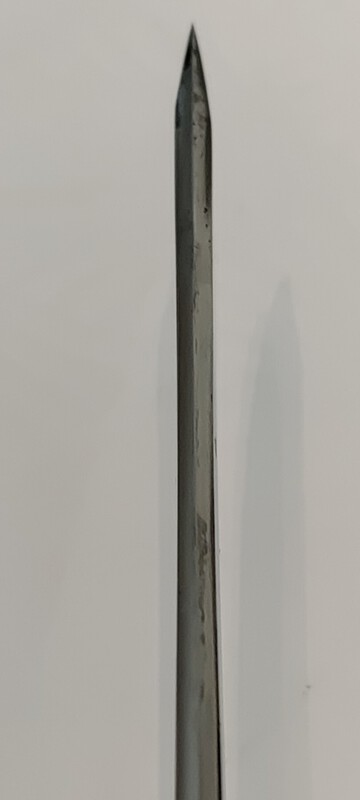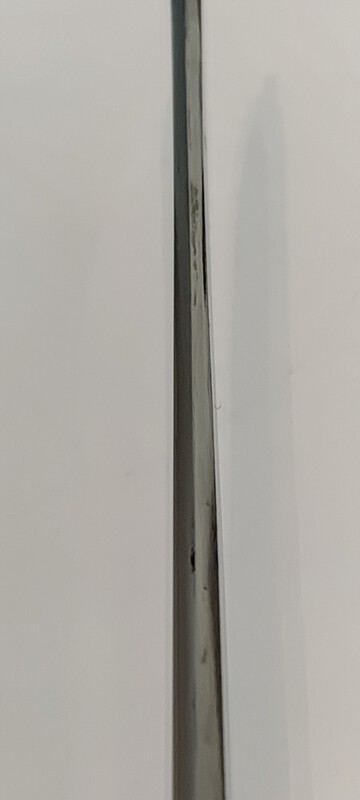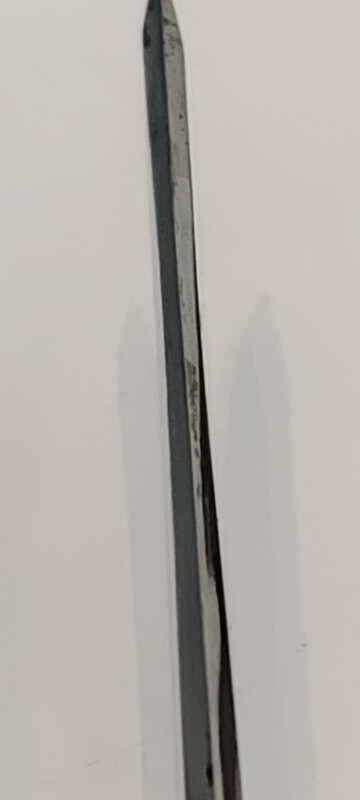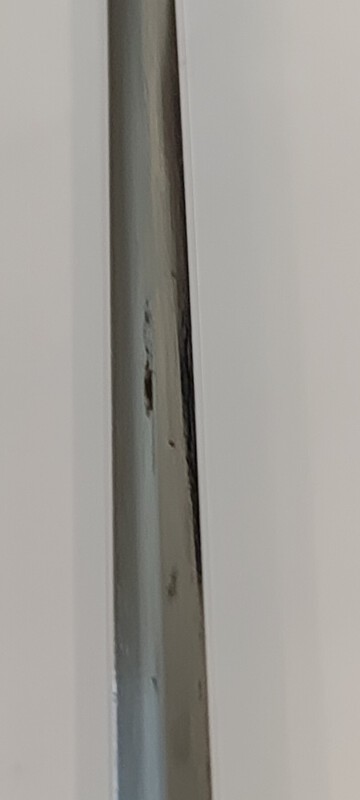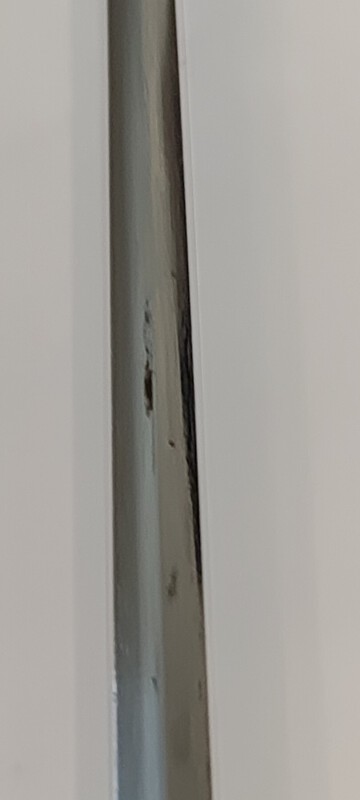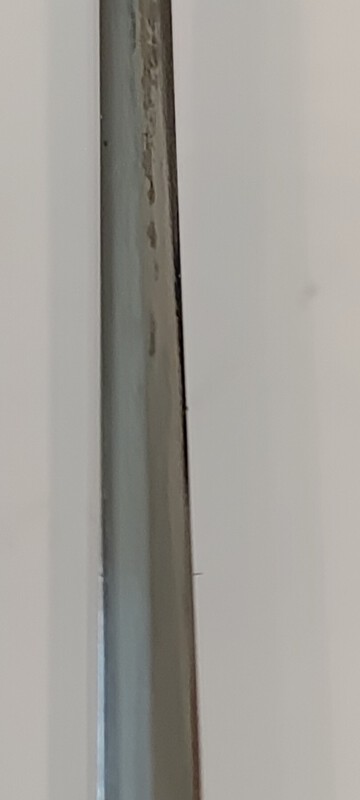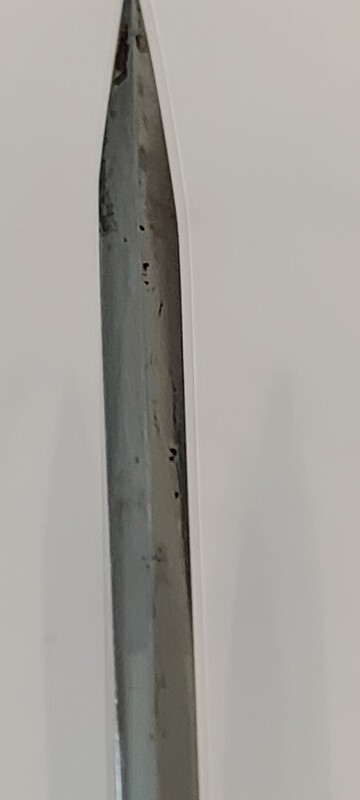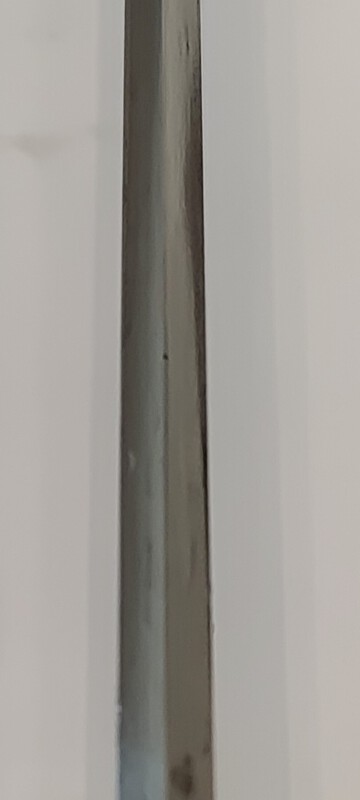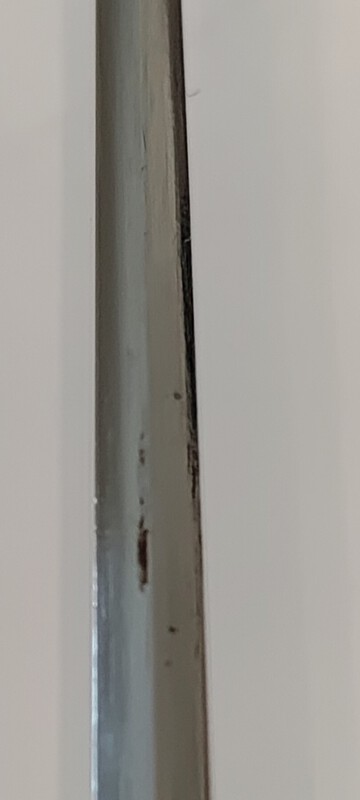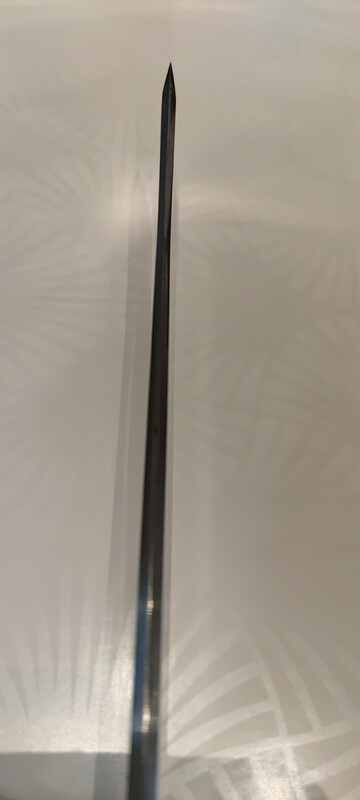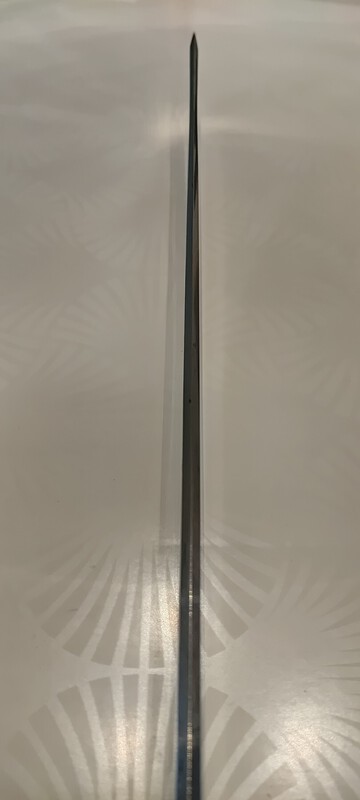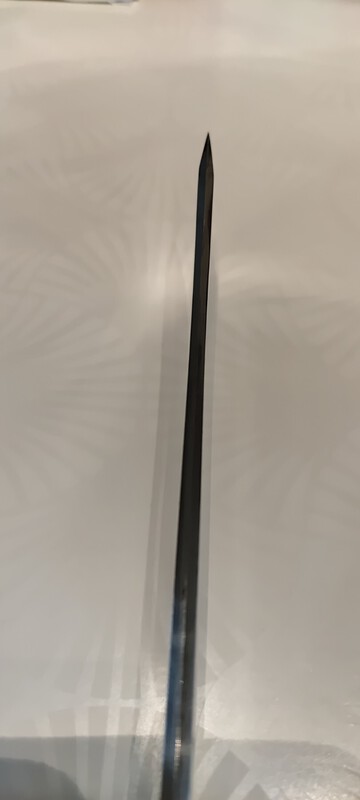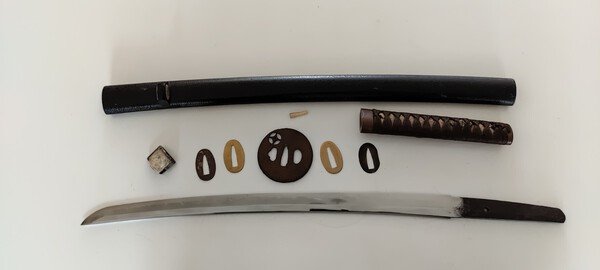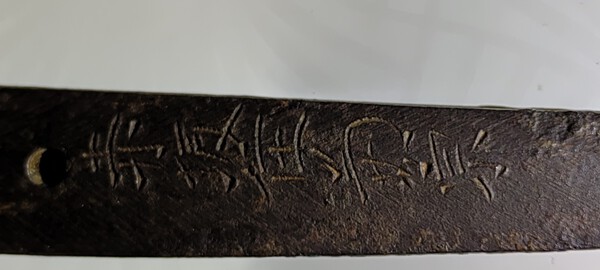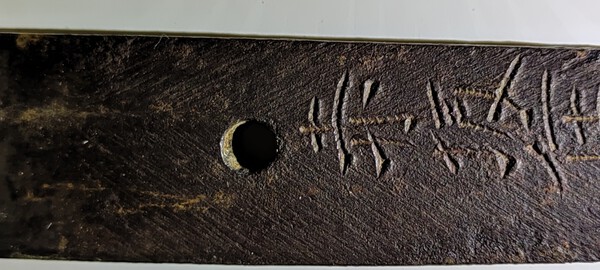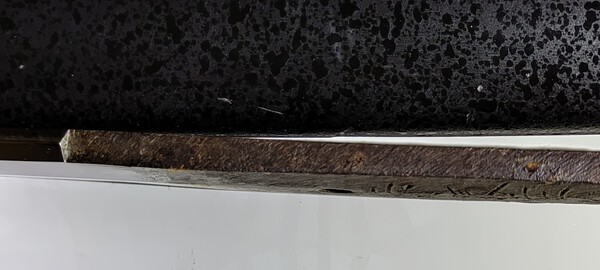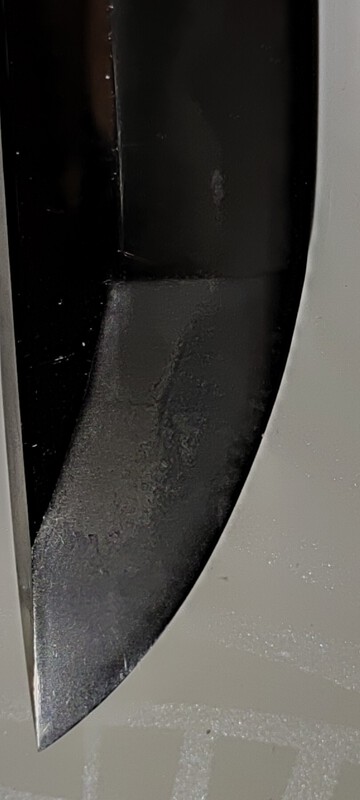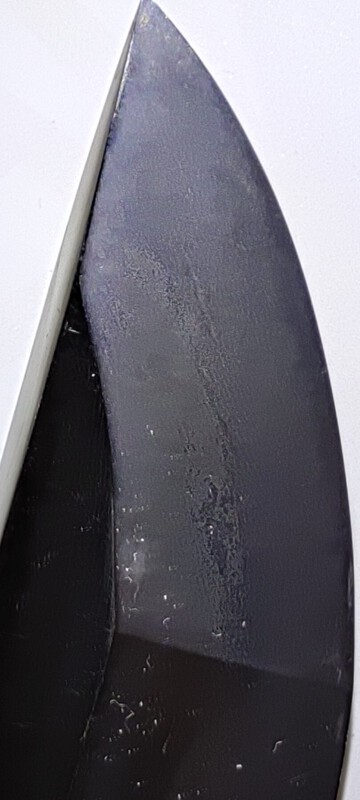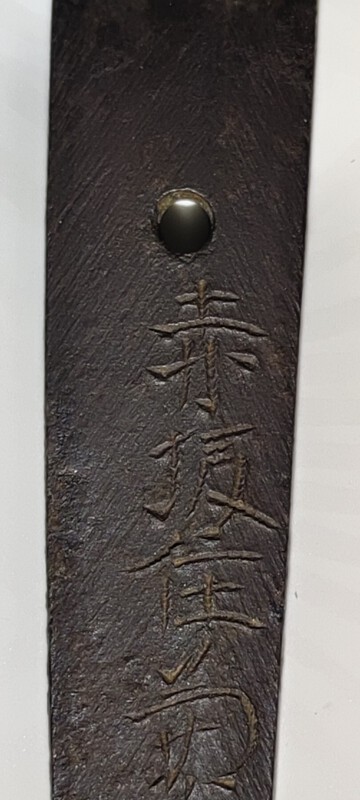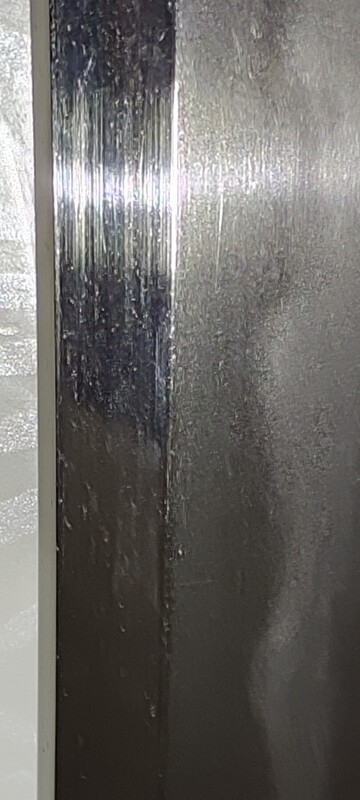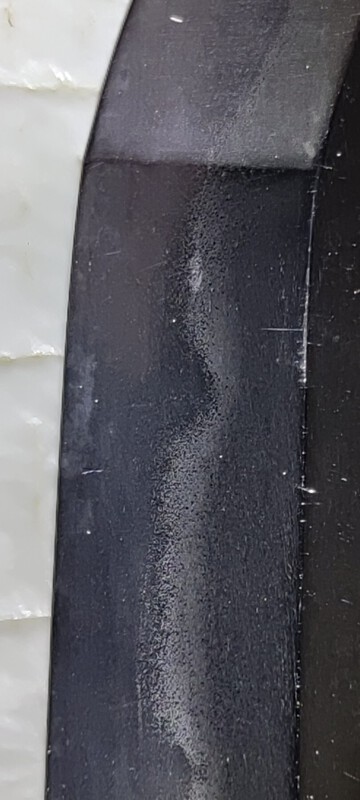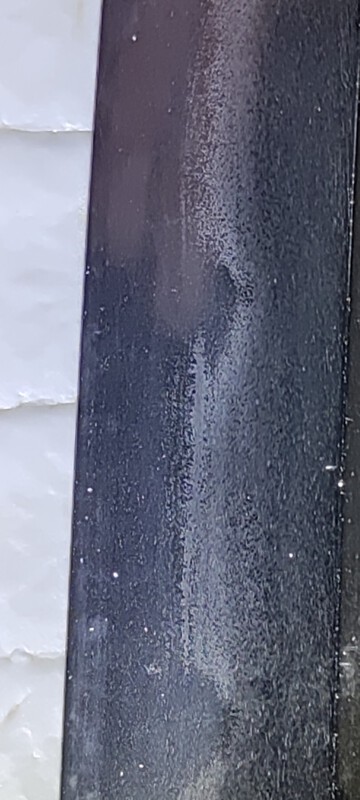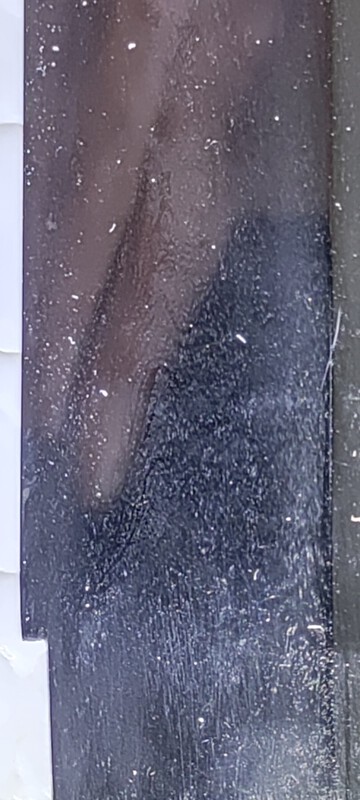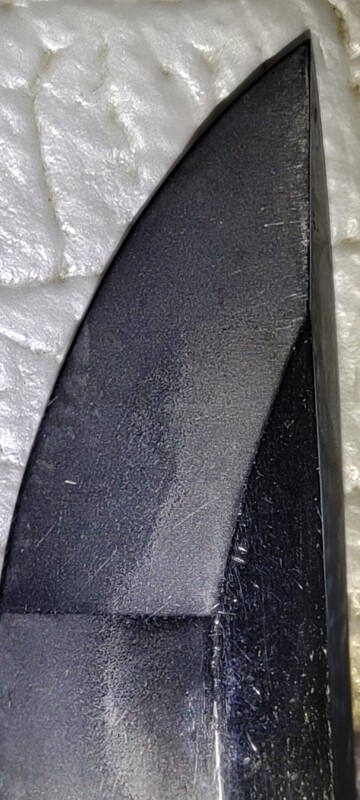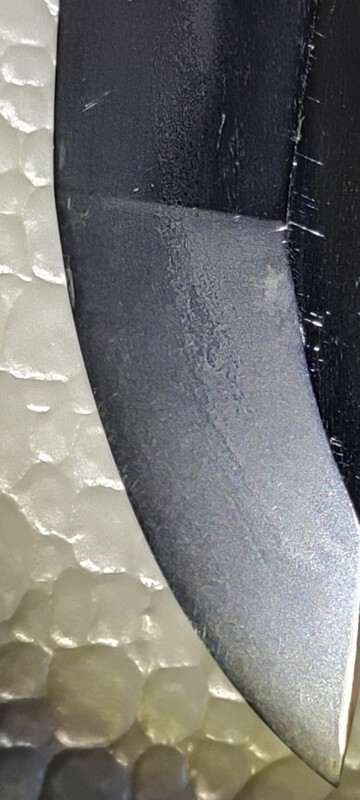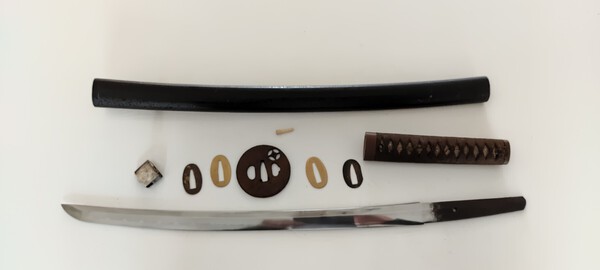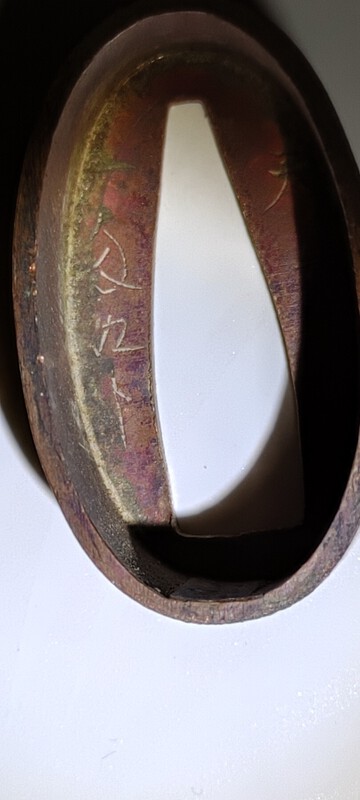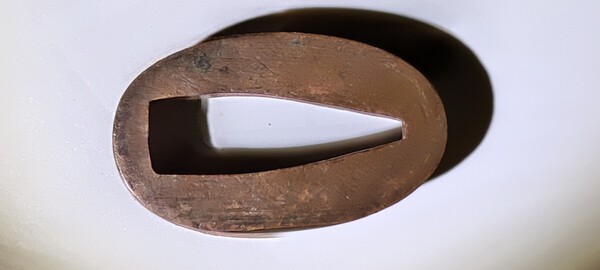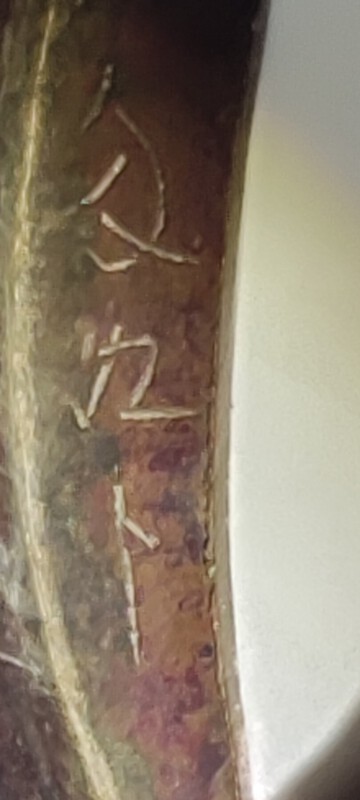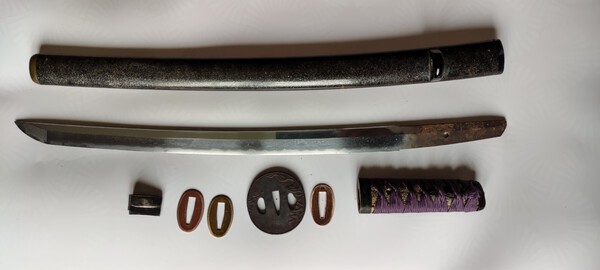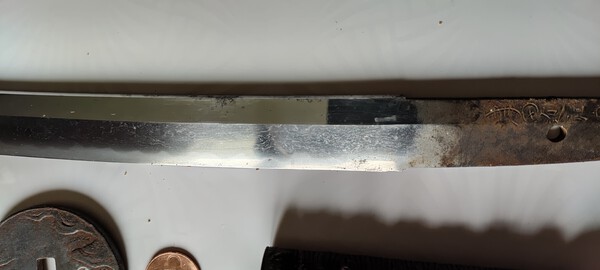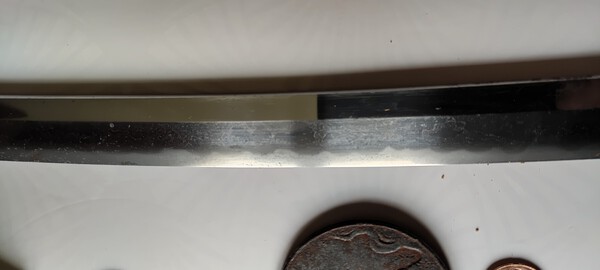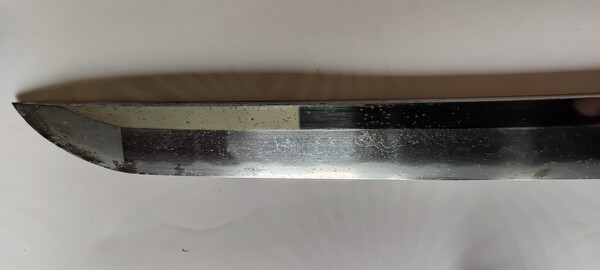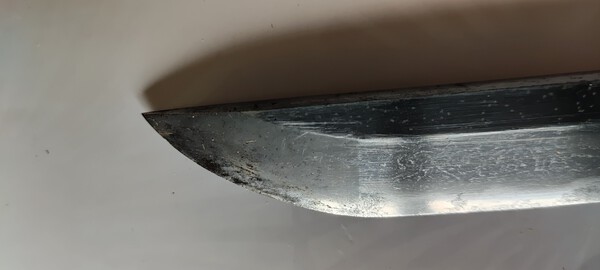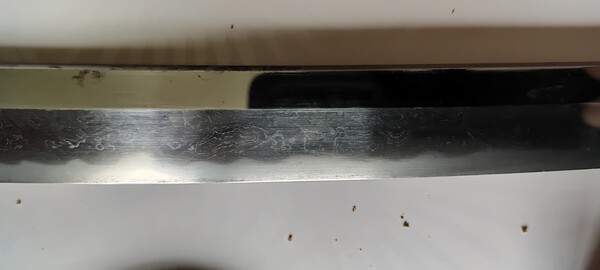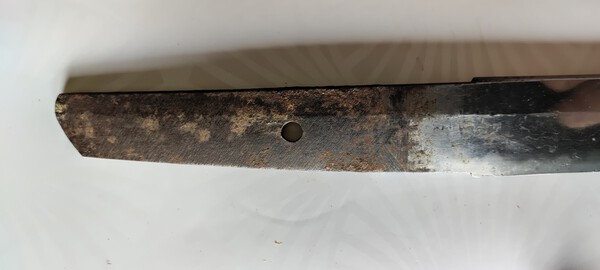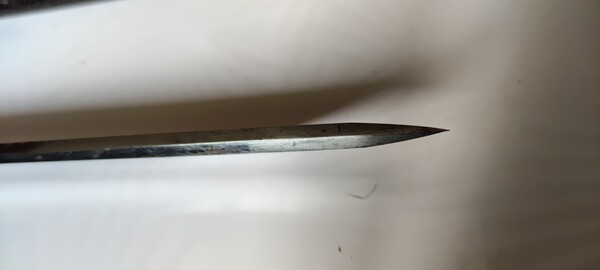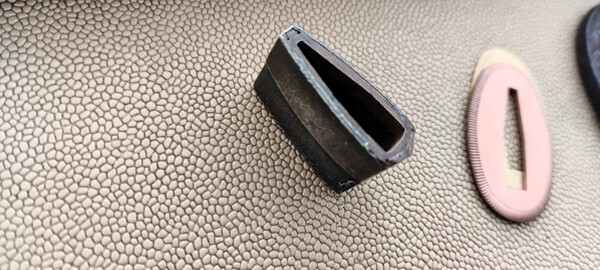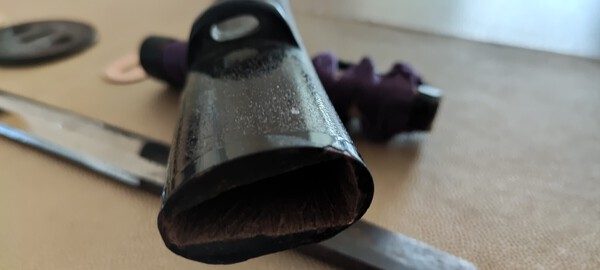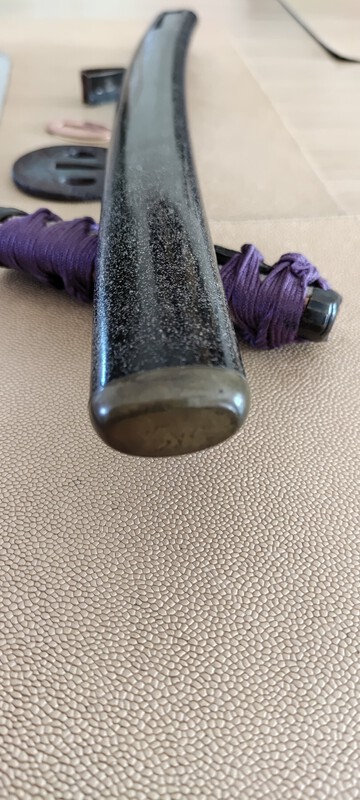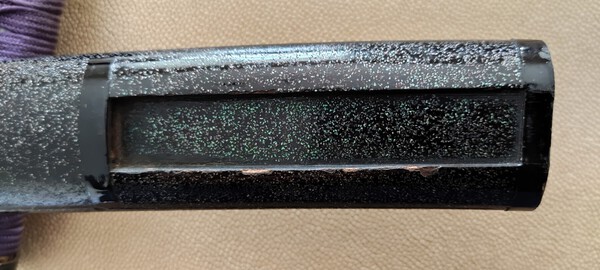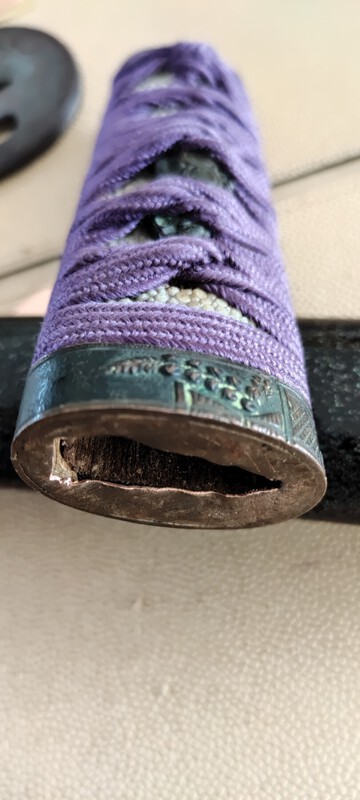
rodrig4
Members-
Posts
111 -
Joined
-
Last visited
About rodrig4
- Birthday 09/22/1954
Contact Methods
-
AIM
improve my knowledge
Profile Information
-
Gender
Male
-
Location:
france.vendée
-
Interests
arts martiaux.
peche.
art japonais.
Profile Fields
-
Name
rodriguez
Recent Profile Visitors
1,053 profile views
rodrig4's Achievements
-
Good morning. This is a recent acquisition and I would like to understand what these kanji mean and this stamp that I present in these photos as well as this label. Main material: silk. Original/Reproduction: Vintage original Hand painting: printing. Region of origin: Japan Age: 1900-1940 Manufacturer: Japan Thanks in advance. R.G.
-
Good morning. This is a recent acquisition and I would like to understand what these kanji and this stamp that I present in this photo mean. Primary Material:Silk Original/Reproduction:Vintage Original Hand Paint:Print Region of Origin:Japan Age:1900-1940 Maker:Japan thanks in advance. RG.
-
Good morning. here is this fushi and kashira set that I recently acquired. It is dated according to the seller from the MEIJI period. I decoded among the kanji of the signature a kane and a mitsu without being able to translate entirely. I thank you in advance if you can fix it. RG.
-
_Good morning. I am perplexed by these clear or dark, it all depends on the lighting,spots on the hamon. this wakisashi was sold to me as uda kunimune from uda school with certificate from NBTHK. the hamon seems to be suguha and the ji mokume. the part above the shinogi is different from the ji which seems to confirm an era. Could you give me your opinion on my conclusions? _Muromachi period. samurai art __ Size: Koshirae Overall Length: 28.543" (72.5cm) Blade Length: 18.622" (47.3cm) / Sori: 0.276" (0.7cm) Weight: 687 grams (Packaging: 600g)
- 1 reply
-
- 1
-

-
Good evening. The signature of this tsuba puzzles me. Already because I can't translate it and then because it is made up of kanji that I'm not used to seeing. its dimensions are 7 cm for 122grs. Have a good evening. RG.
-
Good evening. here are some signed objects from the MEIJI period. maybe you will help me to decipher these kanji. thank you and good evening. RG.
-
-
for sale: 1300 euros. Wakizashi in shirasaya. Signed: "Shimofusa ju~ Teiryu~shi Fujiwara Kunichika saku" and dated 1870. Polishing is decent. Sold as is. Nagasa: 51.0 cm. Sori: 1.0cm. Moto-haba: 2.7 cm. Saki-haba: 2.0 cm. Moto-gasane: 0.6 cm. Saki-gasan: 0.5 cm. This design represents, a very fine carving work done carefully inlaid and finely decorated with precise detailing of several scattered INKAN or seals which appear to be IN MON. It is not certain that this design symbolizes religious faith or a martial teaching. But since these decorations were used on crests and banners, this one may represent a MON, a Japanese family crest, or they may have a meaning that is no longer certain. FUCHI/KASHIRA The smooth polished bottom made with SHIBUICHI of this matching set of FUCHI and KASHIRA is deeply incised and decorated in IROE TAKAZOGAN high relief inlay, with precise detailing accented with SHAKUDO, gold, SHIBUICHI inlay and a touch silver. A work of fairly high quality, in very high relief, delicately chiselled. MENUKI A set of assorted MENUKI in SHAKUDO, deeply incised in high relief and decorated in IROE TAKAZOGAN, with gold inlay. Each piece represents a horse bit set PERIOD/ORIGIN EDO Period 19th Century Japan. the tsuba is engraved with a family kamon.
-
Hello to you. I have just acquired this wakisashi signed KUNICHIKA and I find very little trace of this blacksmith. maybe you could tell me more. Thank you in advance and good day. RG.
-
Hello. I return to the subject of this shrunken wakisashi just before the boshi. This blade was delivered to me with a JASMK certificate. Here are some pictures of this blade as well as the certificate. Cordially. RG. PS: It must be recognized that there are many kitae kizu. I did not photograph the bare blade.
-
Hi there. Having examined this blade, I can say that the boshi is not reinforced. The shrinkage is fluid and homogeneous. There is a slight curve due to the narrowing on both sides and this thinning of the ji as well as the edge of the Hamon are very straight. Have a good day. RG.
-
good evening. Could you explain to me if this narrowing of the blade just before the boshi is normal? Cordially. RG.
-
good morning. here is my latest acquisition and I have many questions. the nakago takes me back to yamato school with yasurime takanoha and nakagojiri agari. I post some photos that should save me from talking nonsense. RG. Caractéristiques du wakisashi.docx
-
good morning. here is a signed kashira that I cannot identify. could you help me? thank you in advance have a nice day. Rodríguez.
-
wakizashi Signed: Tsuda Omi no kami Sukenao.
rodrig4 replied to rodrig4's topic in For Sale or Trade



